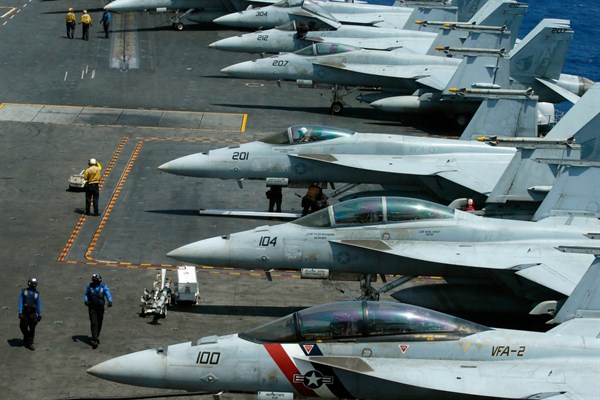The United States shapes, monitors and reacts to events around the world every day—developments that require minor, and sometimes major, military and foreign policy actions to implement the established U.S. strategy. But some developments call for more than just decisions to implement the current strategy. They require an adjustment to a new strategy. The current trajectory of military-technological change is one such development making a strategic adjustment necessary.
Proponents of all of the major strategic alternatives for the United States agree that events that happen elsewhere can affect our security and prosperity at home. The key question they disagree on is how best to invest in and posture our military, diplomatic and intelligence assets in a globalized world.
Today, the United States pursues a grand strategy of “deep engagement,” based on the presumption that the best way to respond to global events is by trying to influence or even control them through forward presence and a network of alliances. For the Navy, for example, this often means patrolling tense regions, often near the coasts of other great powers. The principal alternative available to the United States is a strategy of “restraint,” which would entail patrolling the global commons without regularly penetrating the contested zones near other countries’ homelands, and allowing wealthy, capable allies more of a role in their own defense.

